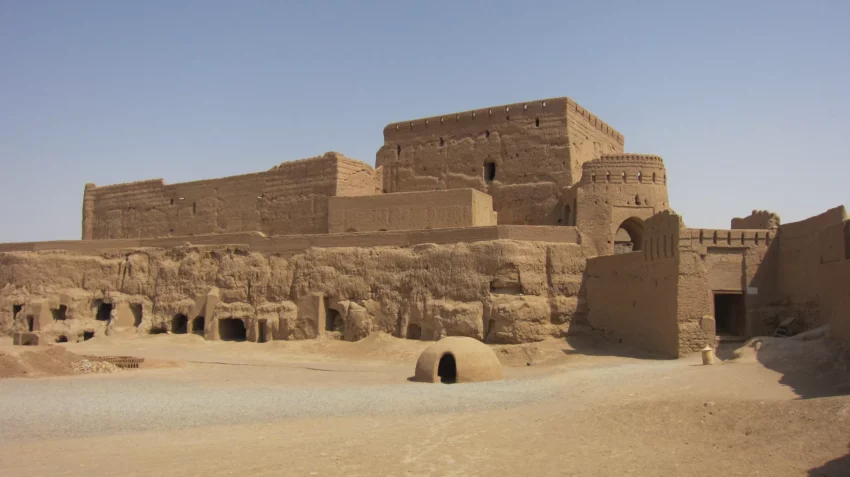Discovering Naryn Castle: Iran’s Ancient Treasure
Naryn Castle, also known as Narin Castle, stands majestically in Meybod, Iran. This mud-adobe fortress boasts a history that spans between 2,000 to 6,000 years. Rising 40 meters high, the castle features four towers and an ancient plumbing system.
Get your dose of History via Email
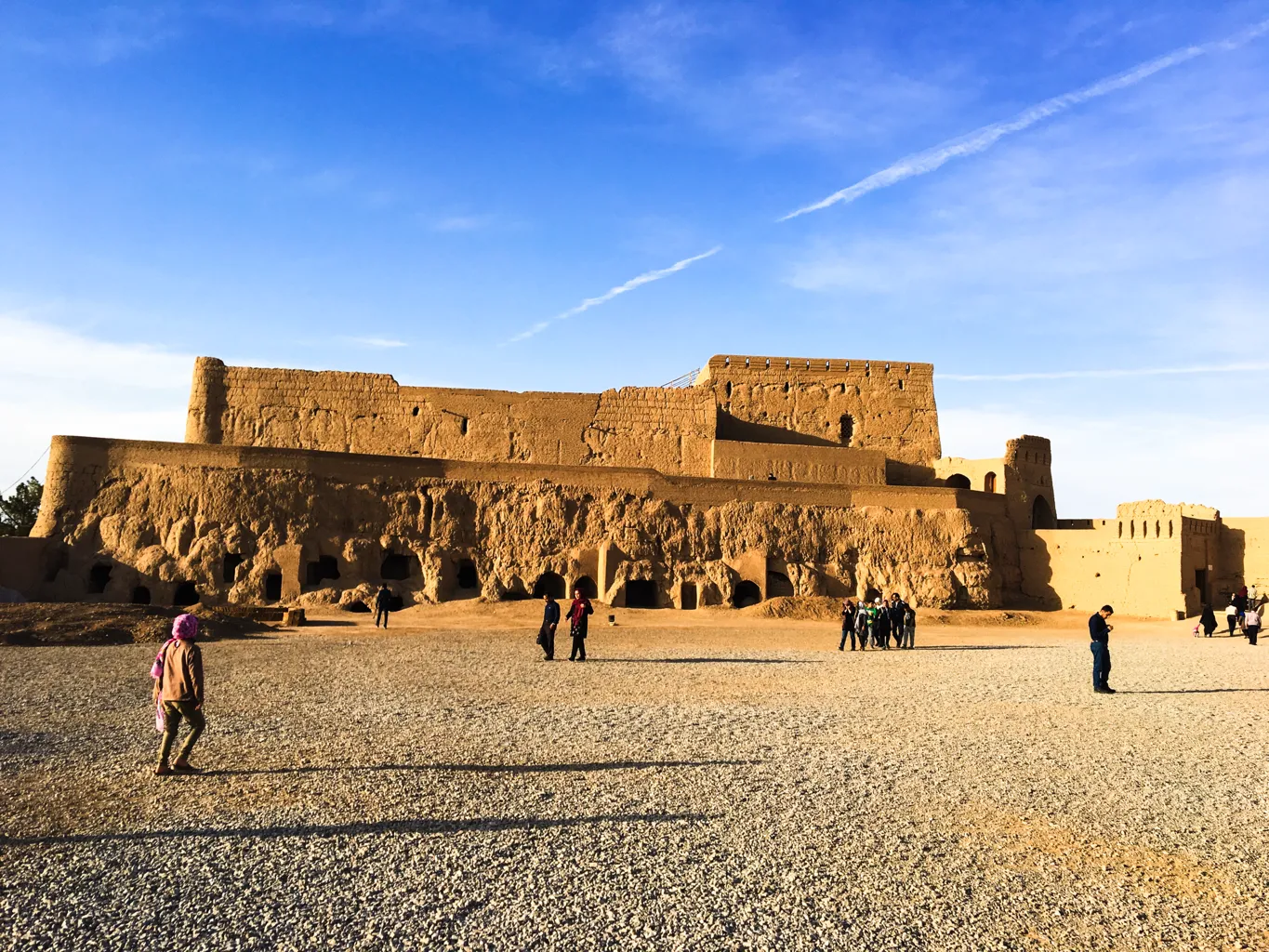
Architectural Marvels of Naryn Castle
This castle, similar to the Ali Qapu palace in Isfahan, contains a high terrace. Two helical stairwells, now partially collapsed, once provided access. The castle also has a large underground chamber, likely a former prison. Four towers surround the castle, with a grand gate leading to a spacious courtyard.
Naryn Castle’s three floors catered to different social classes. Many ancient Iranian towns featured similar structures, built from mud bricks dating back to the Medes, Achaemenid, and Sassanid periods. Some believe these castles evolved from Zoroastrian fire-temples. Locals often refer to Naryn Castle as “nareng castles,” or orange castles.
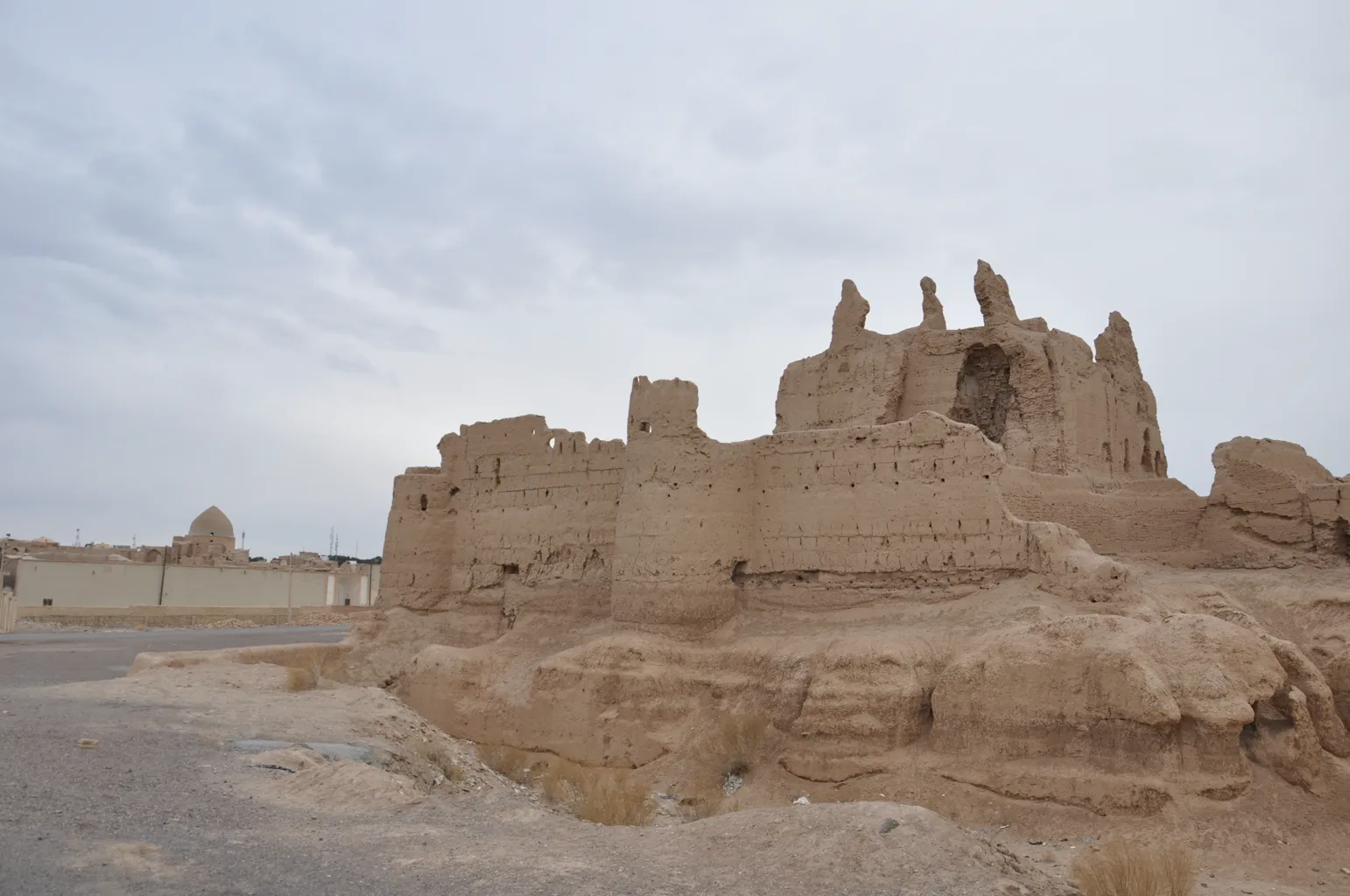
Current State of Naryn Castle
Today, the castle is under study but shows signs of wear from numerous earthquakes. Its age and size make it a significant historical landmark. Researchers continue to explore and preserve this ancient site.
Naryn Castle: Historical Significance
Naryn Castle, also known locally as Kohen Dej and Naranj Qala, is Meybod’s most famous historical site. At somewhere between 2,000 to 6,000 years old, it is the world’s oldest government citadel. Built entirely from clay and mud, it commands a view over Meybod from its hilltop perch.
This seven-story structure spans three hectares and includes many towers, ramparts, and gates. Its walls, some up to 20 meters thick, enclose numerous rooms, many still unexplored. The varying brick sizes suggest construction occurred over different historical periods.
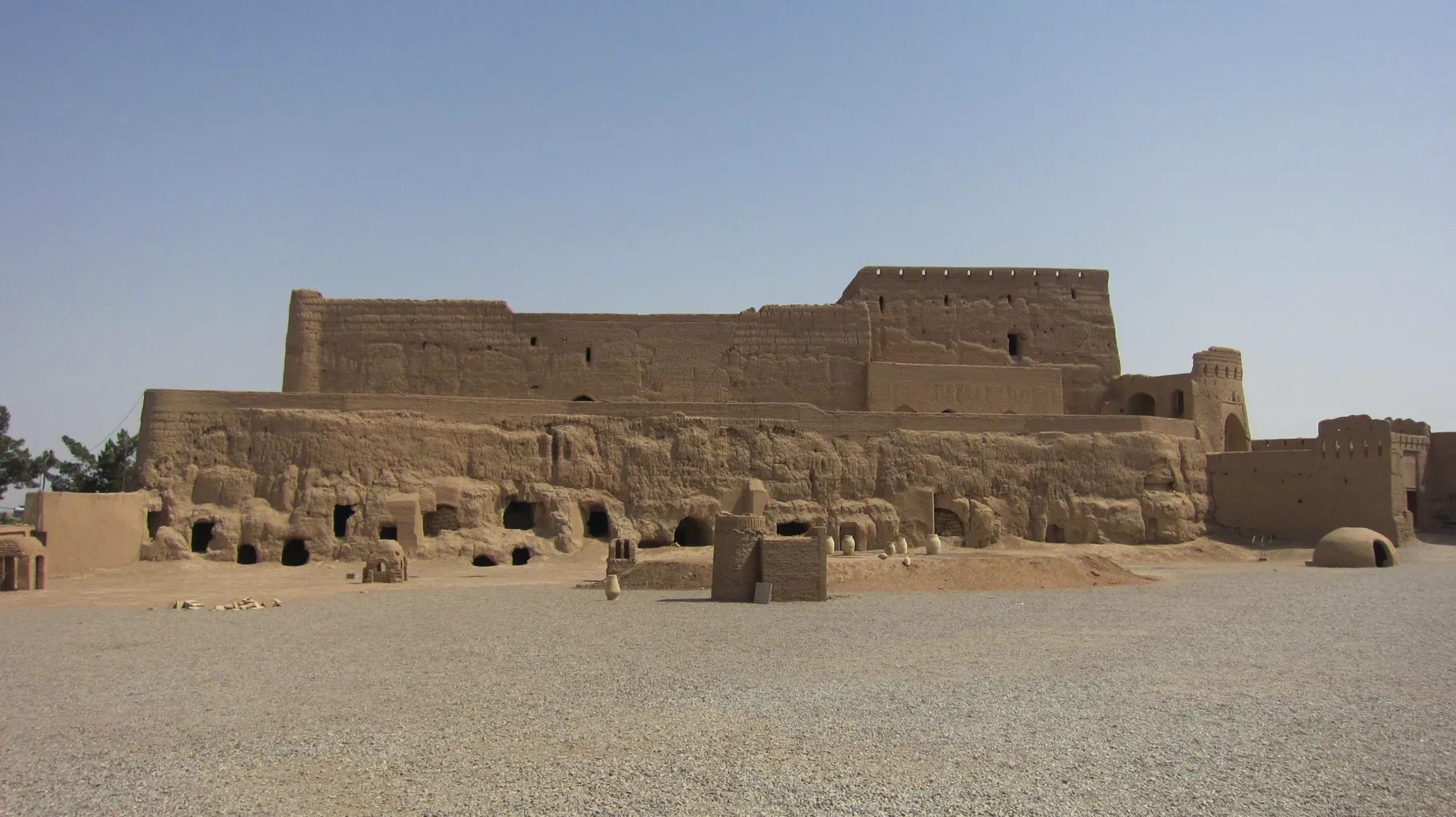
Unearthing the Past
During excavations, archaeologists found pottery shards depicting half-human, half-animal creatures. These artifacts, similar to Elamite paintings from the third millennium BC, reveal much about the castle’s ancient civilization. The castle’s construction likely built on an older site, with evidence of brick structures and Iron Age pottery found beneath its clay layers.
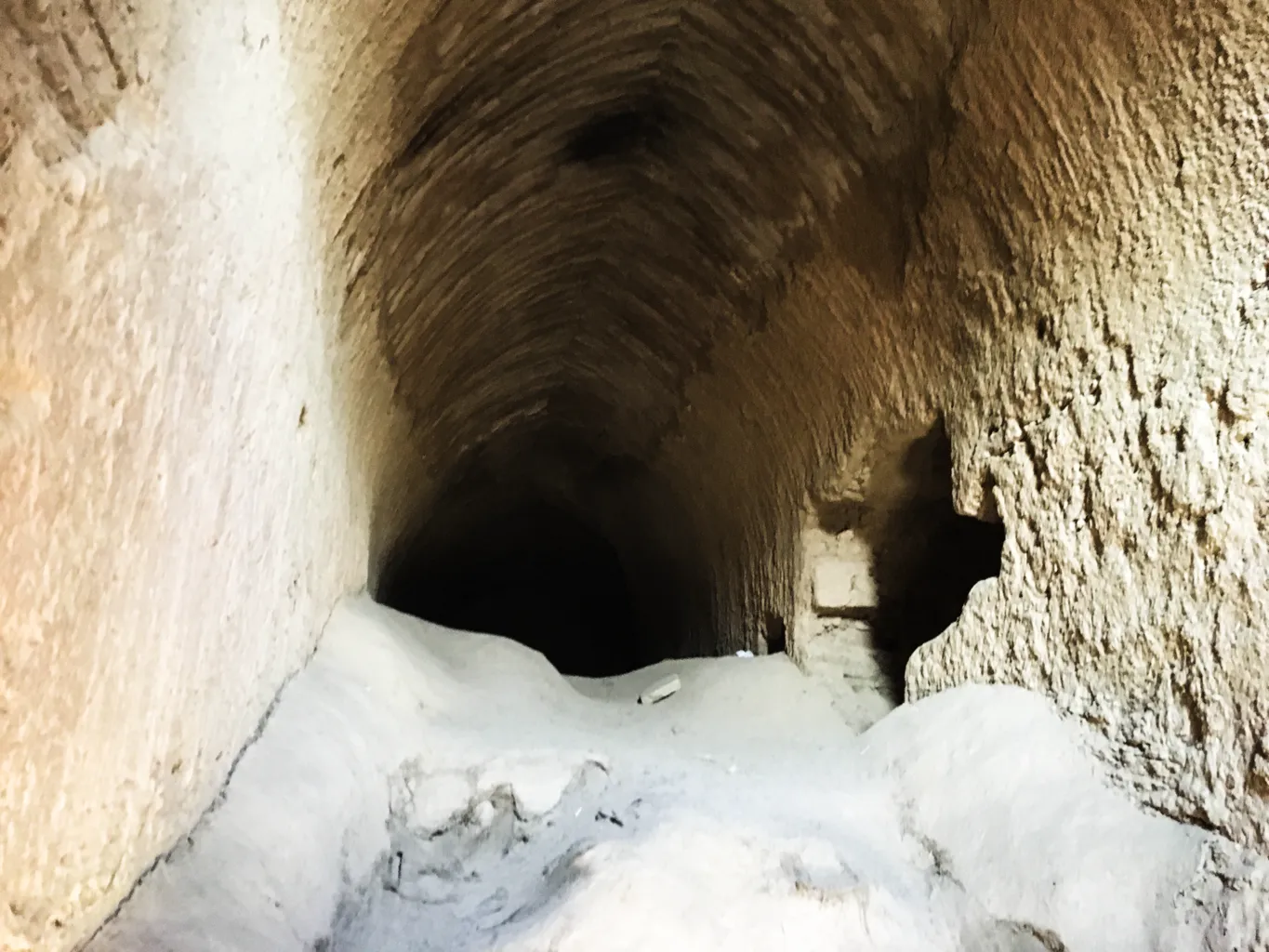
Layers of History
Naryn Castle features two main sections: the upper and lower parts. The lower part, called Sharistan, once housed a mosque, bathhouse, and other structures, now mostly in ruins. The upper part, known as Hakimneshin, consists of three floors. The third gate leads up to the Mozafari Shahneshin, the highest part.
Light enters the covered spaces through holes in the upper walls. This castle, like many others in Iran, offers a glimpse into ancient urban history. Naryn Castle, second in size only to Bam Citadel, shares its architectural beauty.
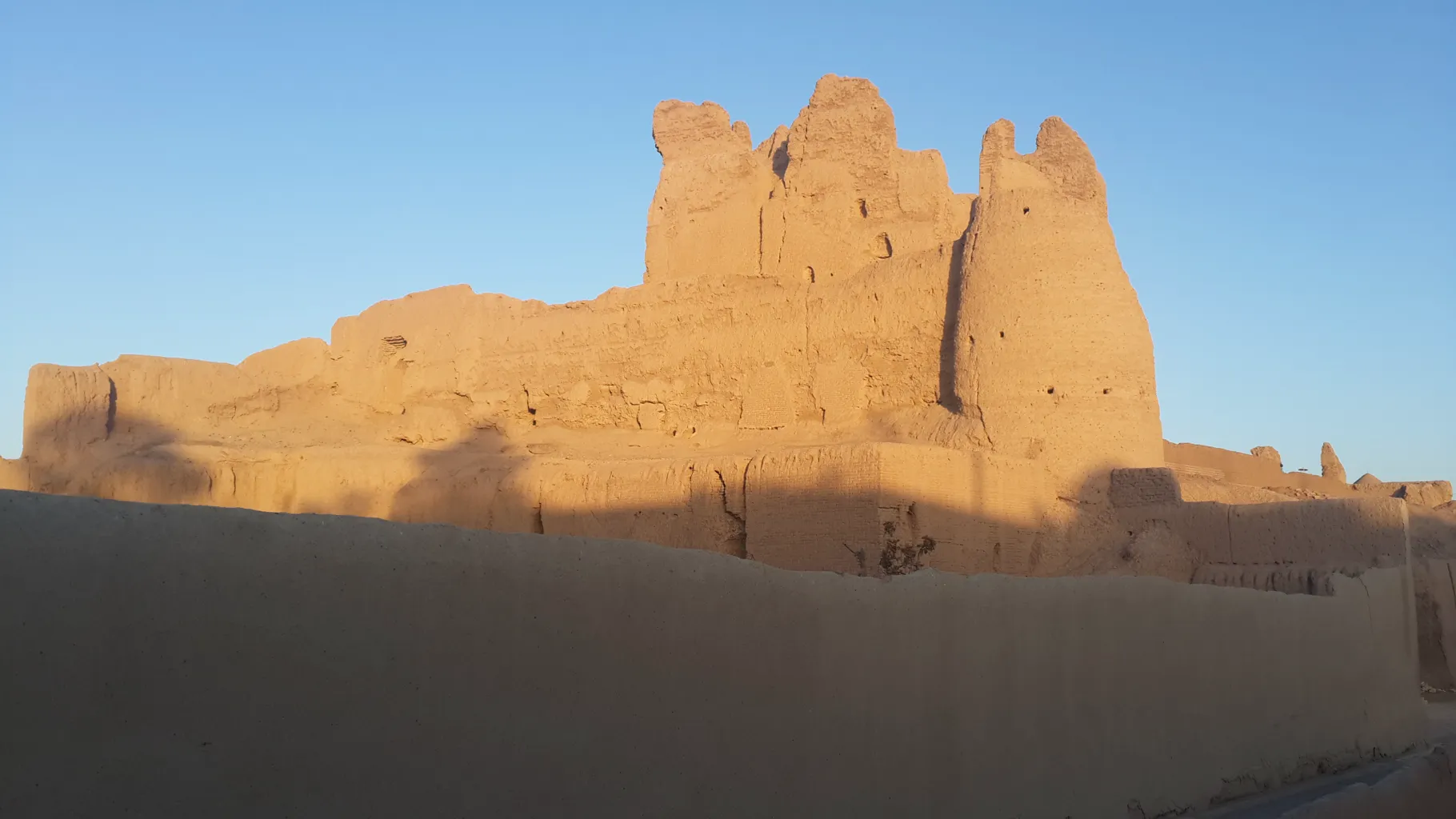
Naryn Castle in the Islamic Era
At the dawn of Islam, Naryn Castle served as a stronghold against invaders. During this time, the castle also functioned as a residence. The architecture from the 4th and 5th centuries AH remains evident. Renovations continued into the reign of Al Muzaffar, though some were hurried and less durable.
Ingenious Underground Networks
One fascinating aspect of Naryn Castle is its underground networks. These tunnels provided essential supplies, including water and food. Legend says these passages never fell to invaders.
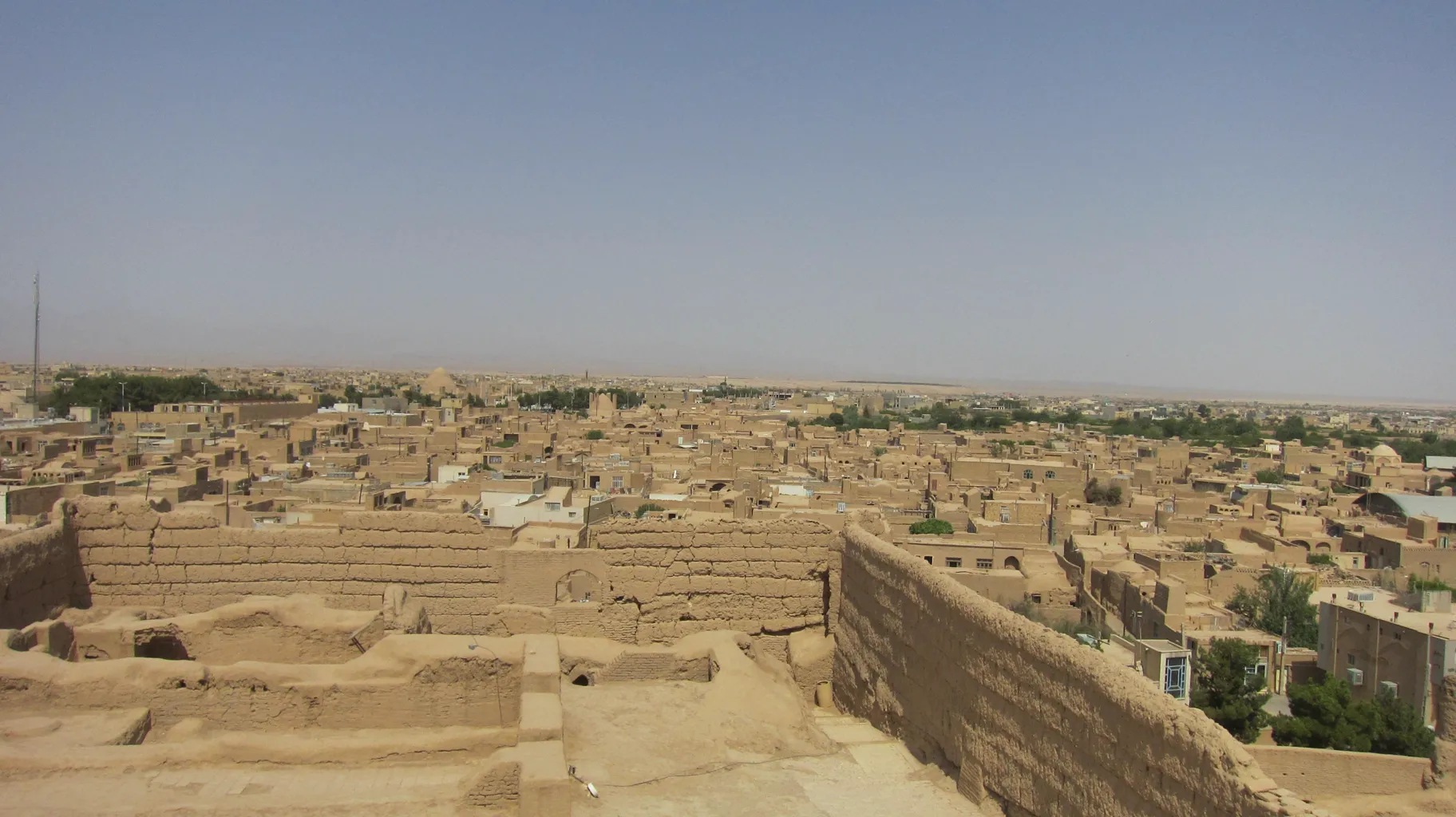
Dating Naryn Castle
Archaeologists estimate the castle dates back to around 3,000 to 4,000 years BC, marking it as one of Yazd’s oldest human settlements. Located in Meybod’s Shahradari Square, Naryn Castle was registered as a national monument of Iran on August 8, 1954, with registration number 1086.
Naryn Castle remains a symbol of ancient ingenuity and resilience, offering a window into Iran’s rich historical tapestry.
Sources:

